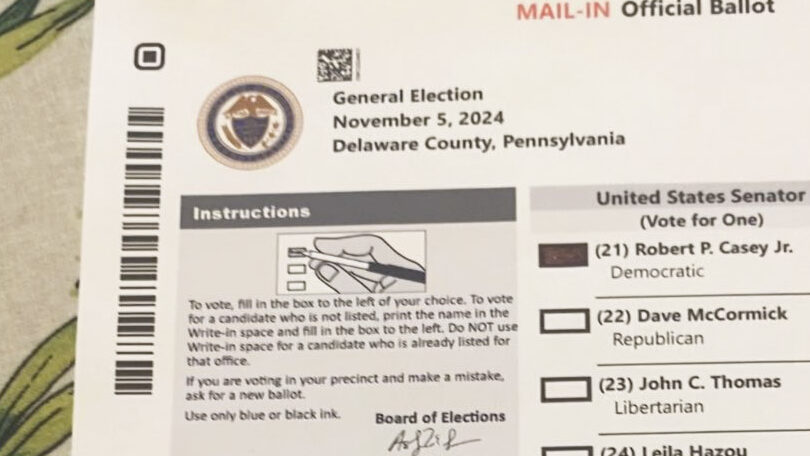As the election has well since passed, many are looking and examining the ballot measures across the country. Oftentimes ballot measures can reflect issues within a state or political trends across the country. Issues on the ballots ranged anywhere from health and reproductive rights, to education and voting rights.
Certain states have rules about how to get ballot measures passed and enacted. For example, Florida requires that for any ballot measure to be approved, it must reach a threshold of 60% of the votes in approval. Therefore, although the measure that would have repealed the state’s very strict abortion ban did gain the majority of the vote, it was three points shy of the necessary 60% of votes so the measure will not take effect.
Abortion was on the ballot in 10 states, with seven of them passing some sort of legislation to open up abortion access. These measures include repealing strict abortion rights, protecting abortion rights and changing the limitations on abortions. For example, in some states abortion is not allowed even before the fetus is deemed viable. Certain legislation, like Nevada’s Question 6, would allow for abortion before the fetus is deemed viable. Nevada’s Question 6 passed with 64% of the votes.
In addition to abortion, other measures on the ballots were centered around healthcare. The West Virginia ballot included a proposition to amend the state Constitution, banning medically assisted suicide in the state. The measure passed, and with medically assisted suicide a controversial topic in many places, could be one of many new ballot measures or laws introduced, especially with Canada’s passing of bills that allow for medically assisted death.
Other measures on the ballot included voting rights, with Iowa and Idaho passing amendments that would ensure that non-U.S. citizens do not vote within the state. This likely comes with an uptick in media attention to voter fraud and people voting who should not be voting such as in 2020, when Republicans touted that dead people were voting and those who weren’t allowed were also voting.
rrodri13@ramapo.edu
Featured photo courtesy of @Voter_34, X






